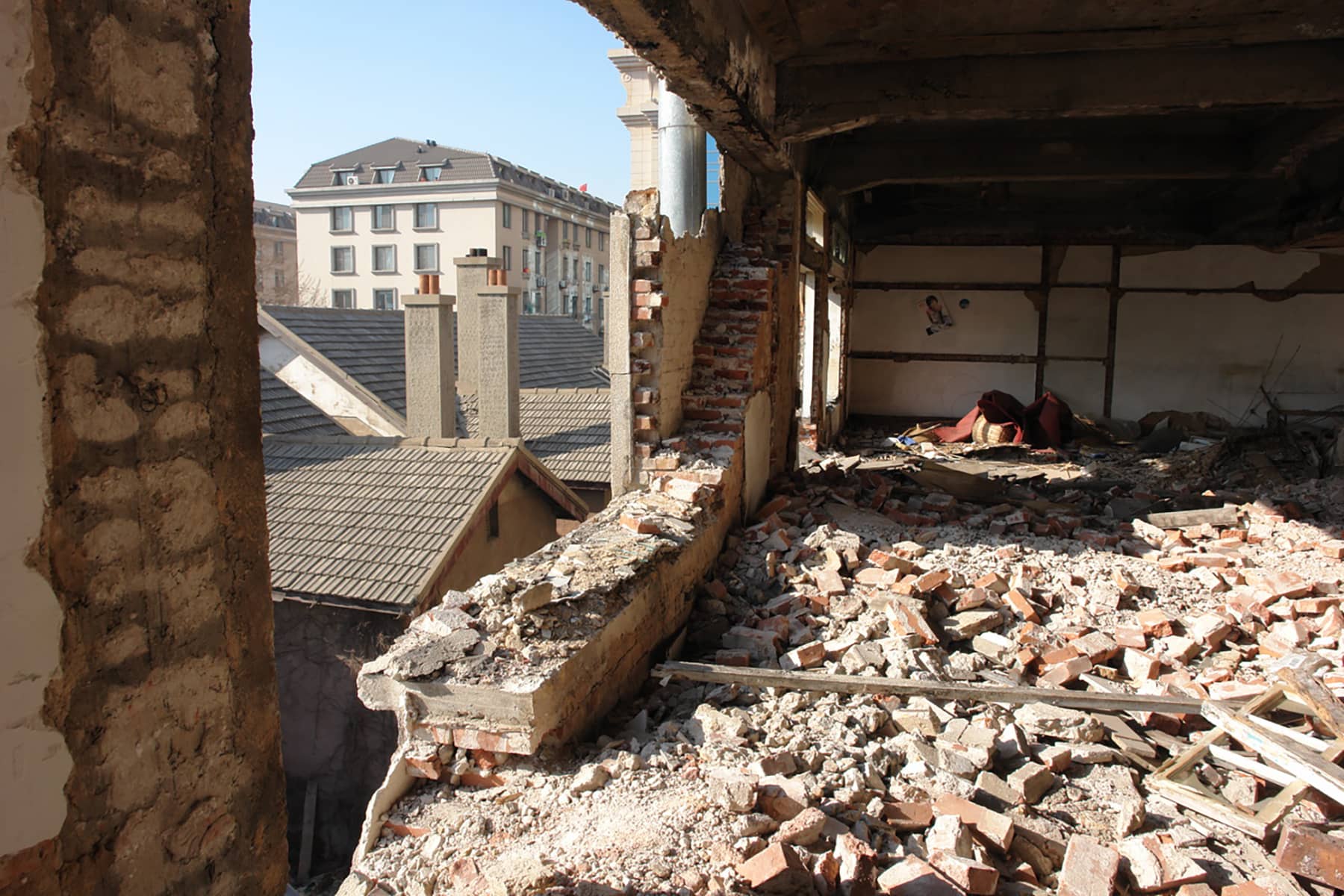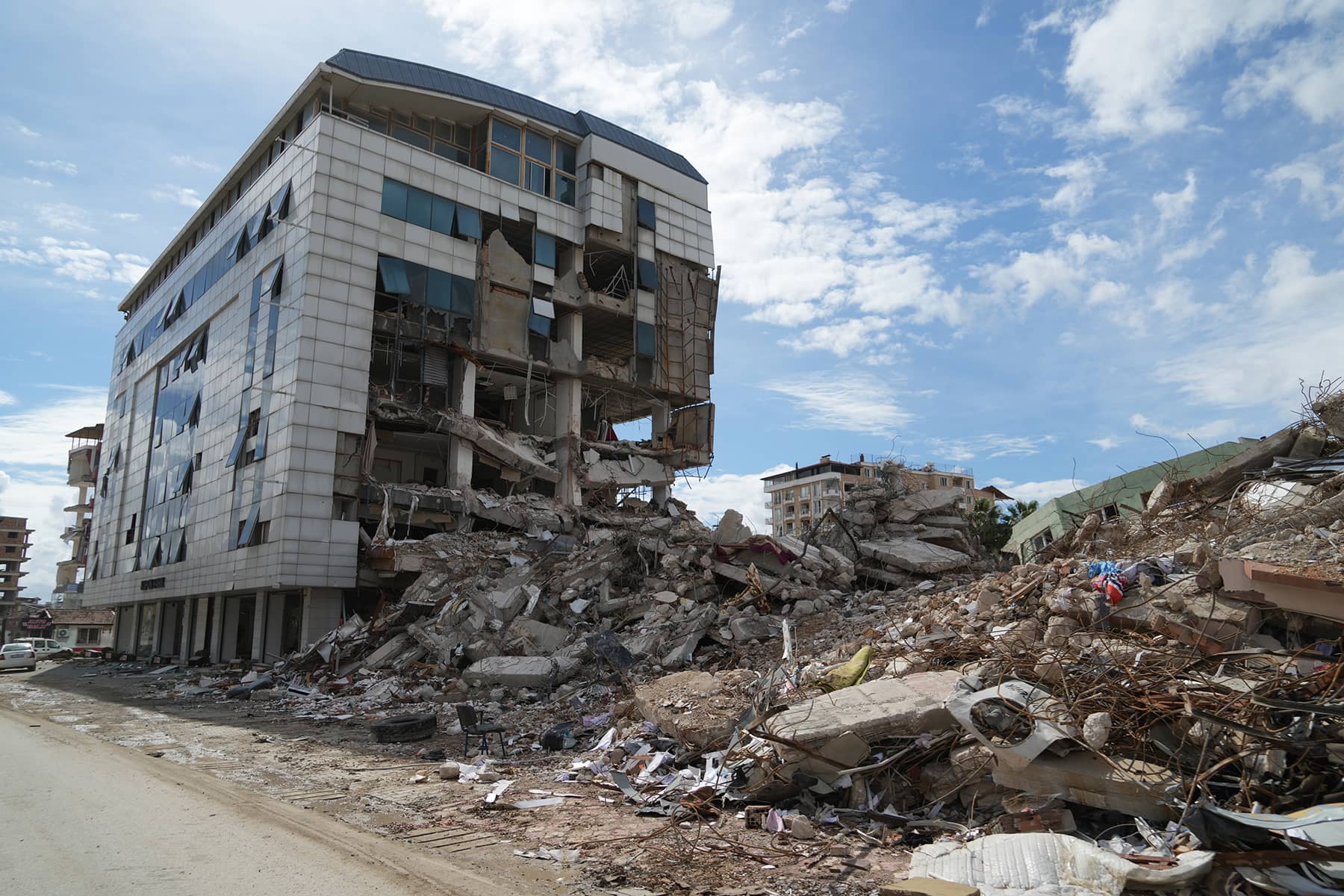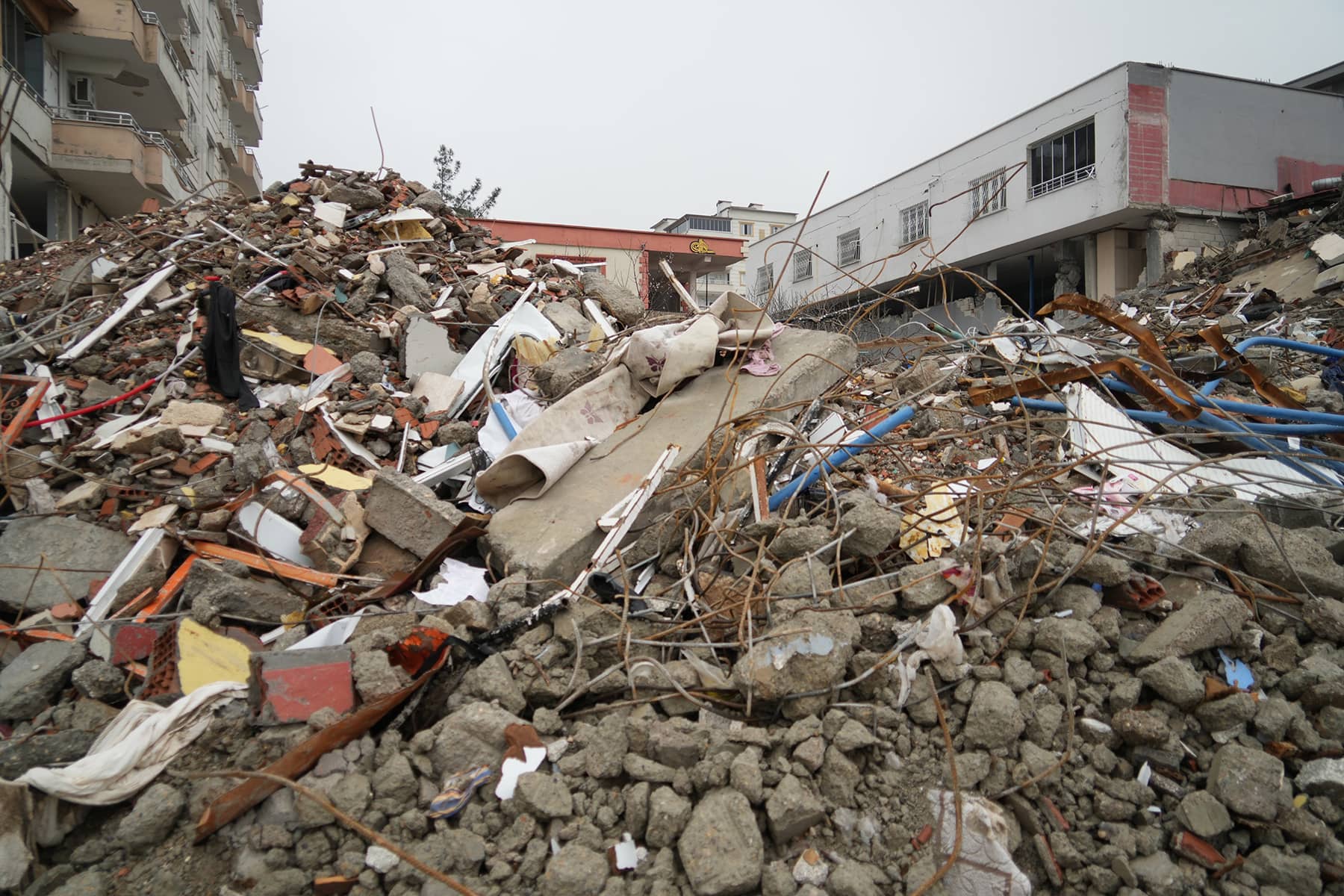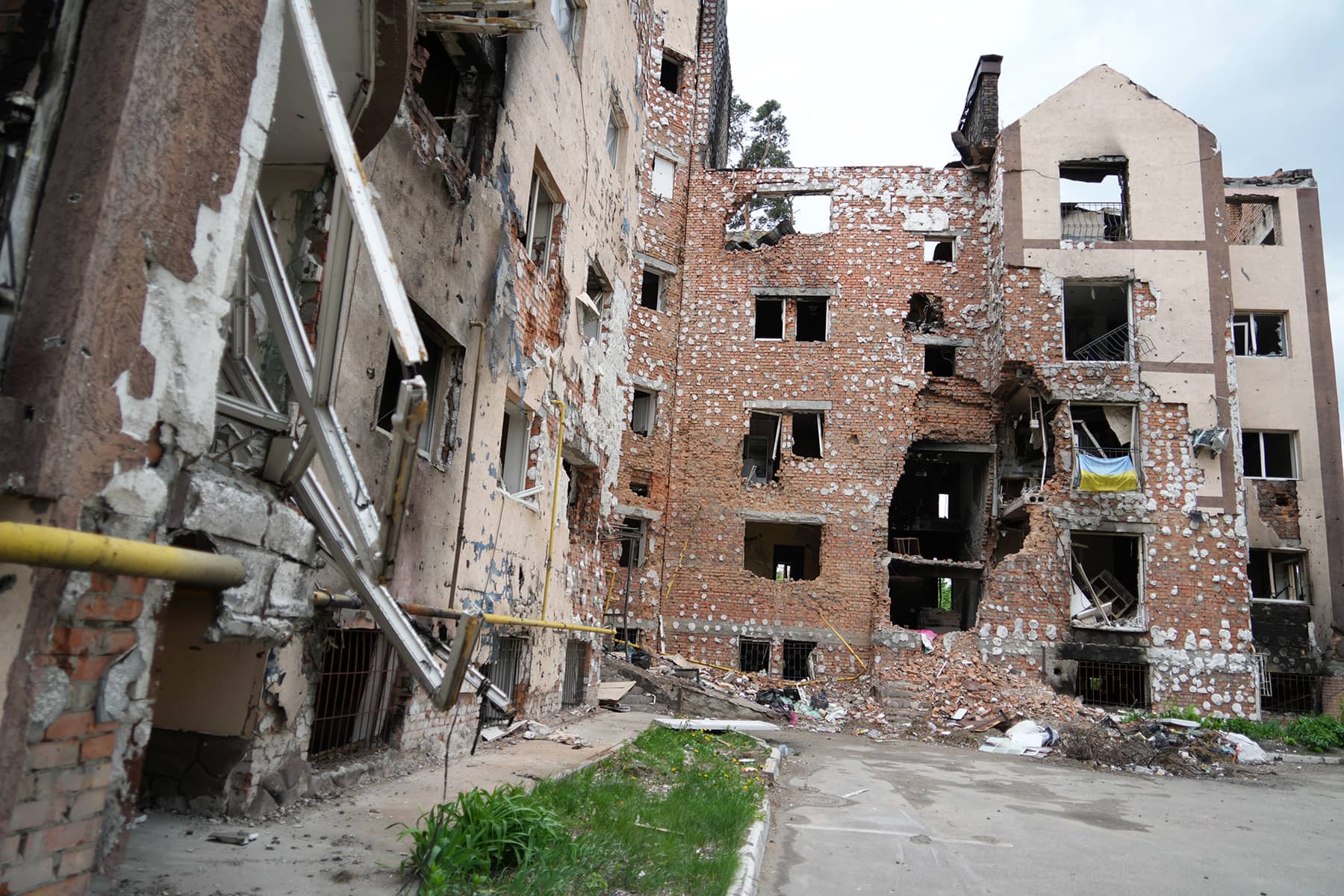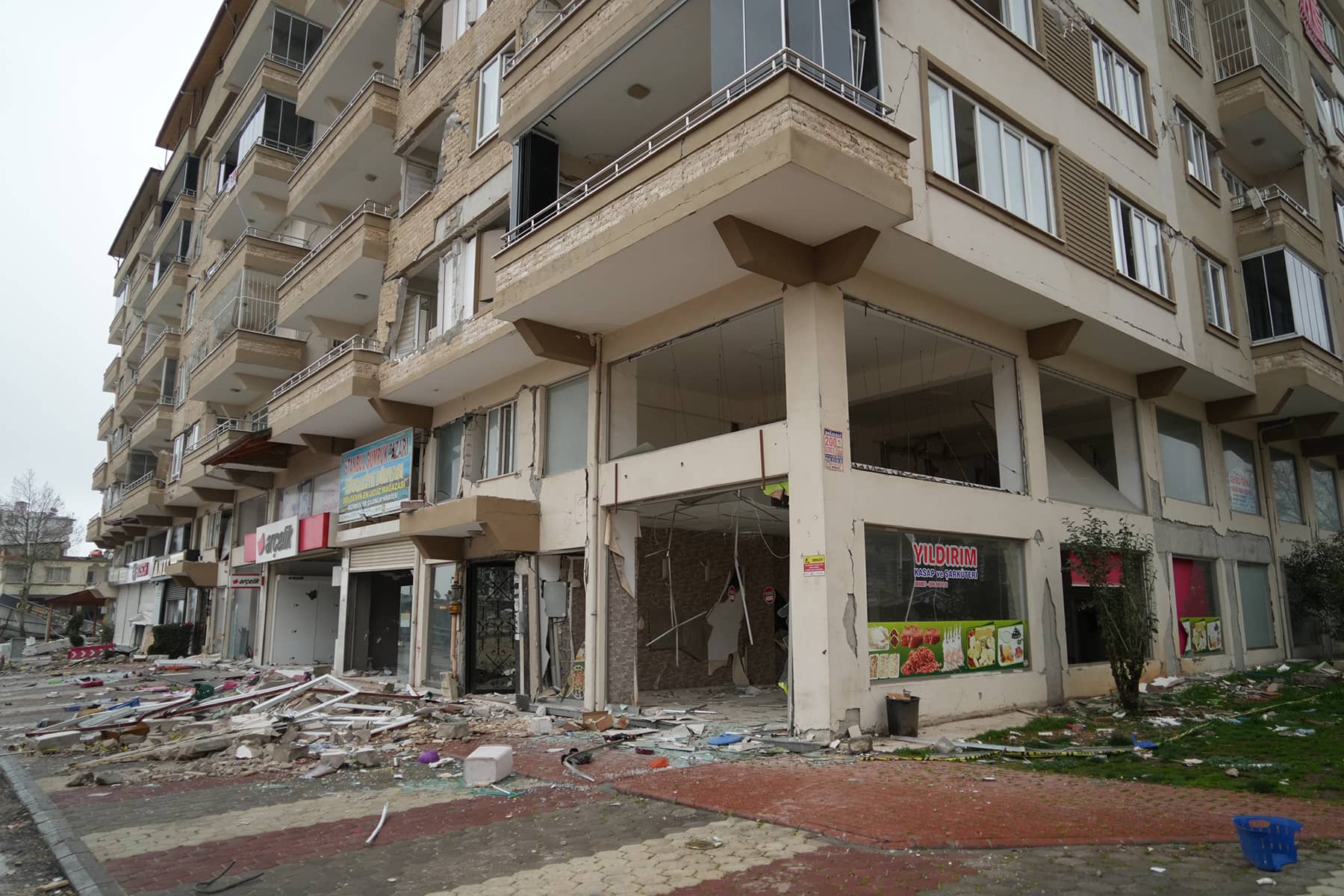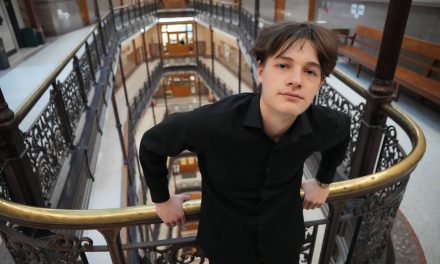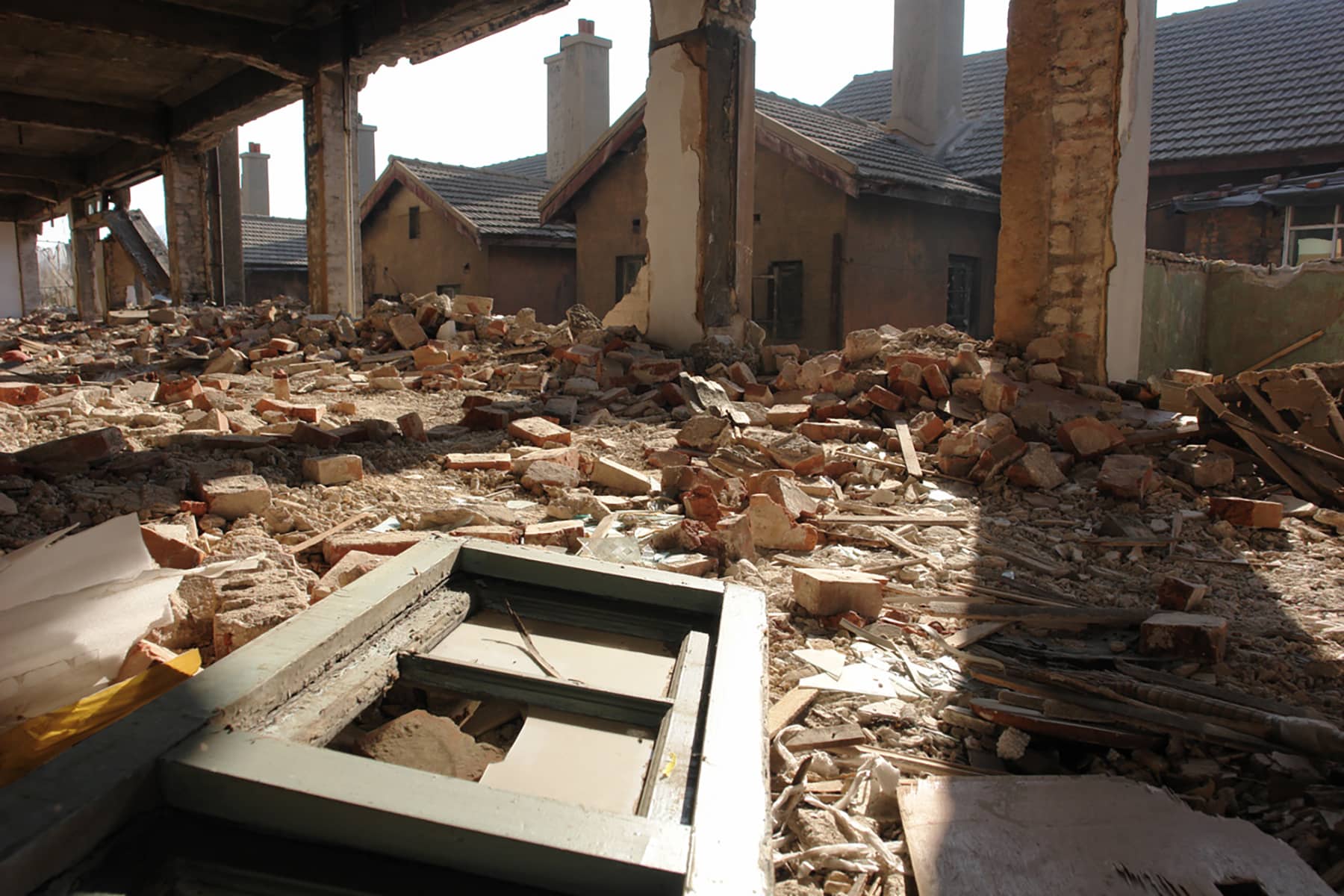
Back in March, I stood among the ruins of a neighborhood in Antakya, Türkiye. The Biblical city, once known as Antioch, had been devastated by the February 6 earthquake. As I took pictures of the collapsed residential areas, a member of the Turkish Red Crescent team I was embedded with pointed out some litter in the ruins. Upon closer inspection, I realized it was a family photo album scattered among the crushed bricks and concrete. As I focused on the sight with my camera, I had a flashback to an identical moment twenty years before.
I was living in Japan in December 2001, the month that China became a member of the World Trade Organization (WTO). Other than having a mild interest in the news because of my previous visits to the country, I did not pay much attention to what the trade accord meant.
A year later I would unexpectedly find myself living in China, and I saw the daily impact from that economic decision.
It started slow at first in 2002, but even by 2003 the rate of change increased. Construction cranes became a fixture of the skyline, going up as fast as old structures came down.
The government celebrated its economic progress daily, and all the policies that were stimulating foreign investment and market growth. All the efforts were promoted as national interests, so it was the patriotic duty of all citizens to cooperate.
That growth would lift millions out of poverty, only to become indentured servants in factory towns. The sacrifices of the many seemed to only be a real benefit for the privileged few. I saw the rampant construction boom widen inequality every morning I went downstairs to the farmers market.
What was deemed as progress came at the steep expense of the rights of Chinese citizens. The process of demolition was also often brutal, with residents being given little notice before their homes were bulldozed. Compensation was often inadequate, leaving many residents with nowhere to go and no means of support.
Old homes were bought for cheap by developers, but the exploding housing market meant the paid funds were never enough to get a comparable replacement to what was lost. There was no choice for those left behind, be pushed off their property with some money, or be pushed off with no money.
With the approach of the Beijing Olympics, 2007 was a blur of construction. Even the coastal area where I lived, one of the last places to escape re-development, came under threat.
What started as a small demolition of a city block evolved into a series of mass demolitions. Old areas of town were flattened while tall towers of glass grew from the craters. Some areas looked as if they had been carpet bombed – like in photos I remember from world wars.
As far as the eye could see, homes had been demolished into piles of rubble. Within a couple years, all evidence of old China was swept away and replaced by a modern motif of glass.
For years I took photos of these changes, and have probably the only visual records of what some historic areas originally looked like. I wish I had taken more and been more methodical with documenting the changes I saw.
It was both overwhelming and commonplace. I spent as much time navigating demolition sites as I did walking on city streets.
Flash forward two decades to 2022, and Milwaukee’s sister city of Irpin in Ukraine. I once again stepped around the ruins of demolished homes. Only for that experience, I had to look out for the tripwires of explosives left behind by fleeing Russian troops.
The homes had not been knocked down to make way for economic progress. The occupants had not been even marginally reimbursed for their property and given the time to relocate. In Irpin, families were sitting in their homes when illegal munitions – launched by the brutal forces of an insecure dictator – crashed through windows and shattered lives.
Within a year, I would see how the forces of nature could shake a city to its very foundations, and displace its population.
Photojournalism is not a passive act, but it often requires more instinct than thought. I do not always know why I take certain pictures, but I feel drawn to do so. I photograph what I see in my environment without comment. I am not filming a livestream where I have to narrate.
When an assignment is over and I have sorted the image collection into a photo essay, then I start to think about what to write for its companion article.
The photos do a lot of heavy lifting in what they communicate, but they cannot always intuitively offer a context. How did I get there? What happened on the journey? And many other answers to provide a complete picture, that even the pictures could not express.
Such insight requires time to be reflective. Since my series about Türkiye published, I have continued to think about the family album I saw in the ruins.
> Read: Earthquake Mission in Türkiye: Documenting vast devastation with the Turkish Red Crescent
The memories have stirred a lot of feelings for me, but very few words that offer much more in the way of description. Lived experiences are often hard to articulate, except in the most simple terms.
It seemed like the best way to explain the gulf of years between 2003 and 2023 was to use images instead of words.
When I first came upon a demolition sight in China, I saw a family photo album strewn across the ground. I could understand other things being left behind as garbage, but why family photos? I had many ideas for why they were left behind, but the pictures themselves could not answer my questions. The snapshots could only show a glimpse into the lives that had abandoned them.
At demolition sites, anything left behind was picked over by scavengers. So it was likely the pictures were forgotten in a box, and then scattered later while treasure hunters looked for relics. But it was still sad to see how someone had their life picked over.
It reminded me of the rummage sales I would go to with my family. We would visit beautiful mansions in Milwaukee. Someone had passed away, and everything was being sold off. A lifetime of collected objects swept out the door at firesale prices. A home that a family had spent years living in and making memories, now overrun by strangers who left muddy footprints behind on the carpeting.
Those estate sales were a symbol of loss, but they were planned and organized events. What I saw in Ukraine and Türkiye, that was life turned upside-down.
While I photographed the wreckage in Antakya, someone asked me what I thought about the situation. It was horrific and hard to process such a complete level of annihilation. While at the same time, it was a completely normal sight in my experience.
My career had come full circle, at least on the surface. I was once again walking among the rubble of another demolished city. The reasons why were not the same, and that did matter. There were no scorch marks or scars from cluster bombs. But the surface result was the same in my mind. People gone, homes and businesses flattened. The ruins of another community. The detritus of life.
I have looked back on my photojournalism work, and there were many years of happy and public moments. It remains my hope that there will yet be many more of those years to come. But while much of American society has amnesia about the COVID-19 pandemic, I do not.
Like most people, I have found a way to move on. But that span of two years has left a scar deeper than the “mass demolition from economic progress, mass destruction from a brutal invasion, or mass devastation from a natural disaster.”
The full-scale invasion of Ukraine and the earthquake in Türkiye and Syria both occurred in a (mostly) post-pandemic world. Even without those tragedies, a lot of healing is still needed. Perhaps another dose of summer will help, with the outdoor activities and events that the season brings.
But I could also find myself back in Irpin or another part of Ukraine over the summer, again taking photos of once celebrated landmarks reduced to ashes.
In putting together this collection of triptychs, there is a lot more that can be said. Of course, there is the philosophical narrative about the cycles of life the “Déjà vu of photojournalism.”
But a further journey down that path requires a silent and contemplative mind, not more narration. These photos unexpectedly bookend 20 years of my career. As I think about the future, my mind does drift back to happier times in recent that I have recorded with my photojournalism. It would be nice to bookend those uplifting events in a lesser span of time.
A cycle of kindness and respect for human dignity.
China 2003
Ukraine 2022
Türkiye 2023
© Photo
Lee Matz





